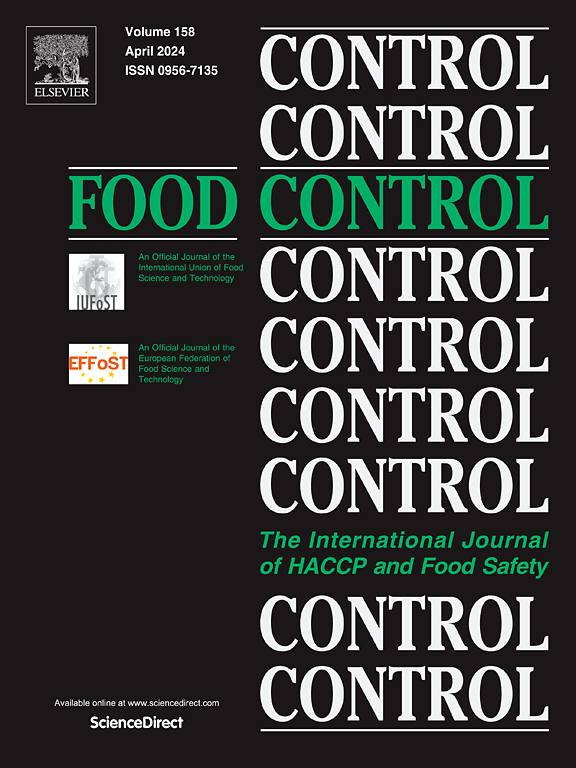Comparison of machine learning and deep learning models for detecting quality components of vine tea using smartphone-based portable near-infrared device
IF 5.6
1区 农林科学
Q1 FOOD SCIENCE & TECHNOLOGY
引用次数: 0
Abstract
Tea polyphenols (TPs) and dihydromyricetin (DMY) are critical quality attributes of vine tea. This study developed a smartphone-based portable near infrared (NIR) device integrated with machine learning (ML) and deep learning (DL) approaches for rapid prediction of TPs and DMY in vine tea. NIR spectra of the vine tea samples were acquired using the developed portable device and smartphone software, while the contents of TPs and DMY were determined using UV–Vis spectrophotometer and high-performance liquid chromatography (HPLC). To accurately analyze the spectral data, various ML and DL models were evaluated and compared. Results indicate that DL models, including convolutional neural networks (CNN), long-short-term memory (LSTM) and CNN-LSTM, demonstrated superior predictive performance compared to traditional ML approaches in large sample environments. Thereinto, CNN-LSTM exhibited the optimal predictive performance for TPs (Rp = 0.9816; RPD = 5.24) and DMY (Rp = 0.9900; RPD = 7.11). Additionally, the optimal model 's validation performance are commendable, with a maximum coefficient of determination (0.9483 for TPs and 0.9625 for DMY). This demonstrates that the developed intelligent portable NIR instrument coupled with DL tools enables rapid on-site detection of vine tea quality components. Furthermore, it provides a potential strategy for real-time quality monitoring during vine tea online processing.
求助全文
约1分钟内获得全文
求助全文
来源期刊

Food Control
工程技术-食品科技
CiteScore
12.20
自引率
6.70%
发文量
758
审稿时长
33 days
期刊介绍:
Food Control is an international journal that provides essential information for those involved in food safety and process control.
Food Control covers the below areas that relate to food process control or to food safety of human foods:
• Microbial food safety and antimicrobial systems
• Mycotoxins
• Hazard analysis, HACCP and food safety objectives
• Risk assessment, including microbial and chemical hazards
• Quality assurance
• Good manufacturing practices
• Food process systems design and control
• Food Packaging technology and materials in contact with foods
• Rapid methods of analysis and detection, including sensor technology
• Codes of practice, legislation and international harmonization
• Consumer issues
• Education, training and research needs.
The scope of Food Control is comprehensive and includes original research papers, authoritative reviews, short communications, comment articles that report on new developments in food control, and position papers.
 求助内容:
求助内容: 应助结果提醒方式:
应助结果提醒方式:


